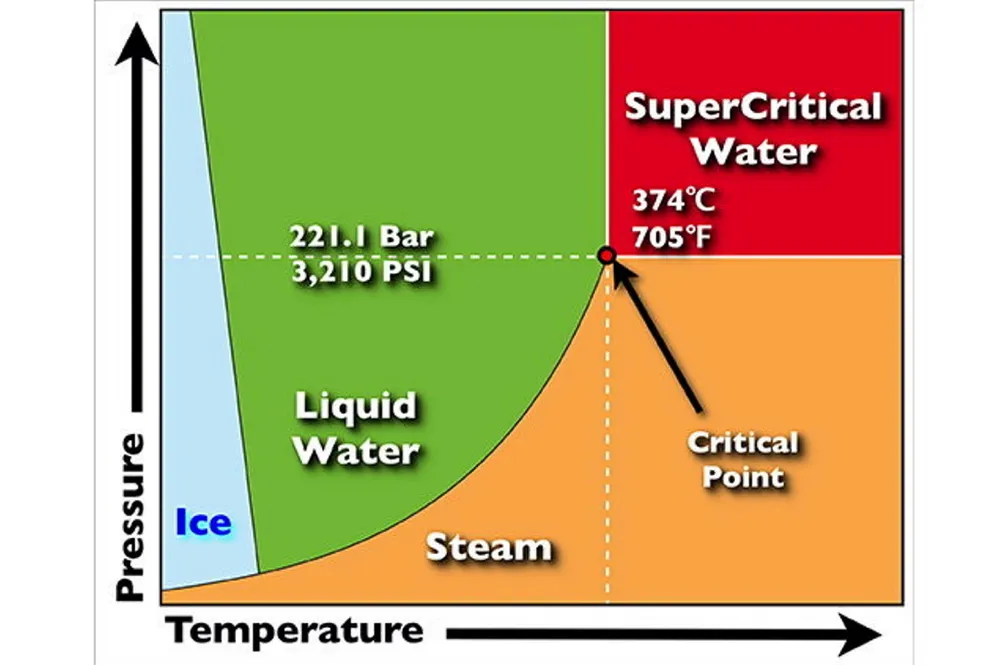'Cheaper green hydrogen' | Electrolyser that uses supercritical water being developed with €3m of EU funding
Membrane-free alkaline technology will increase amount of H2 produced per kWh of electricity, says consortium behind X-SEED

Membrane-free alkaline technology will increase amount of H2 produced per kWh of electricity, says consortium behind X-SEED
